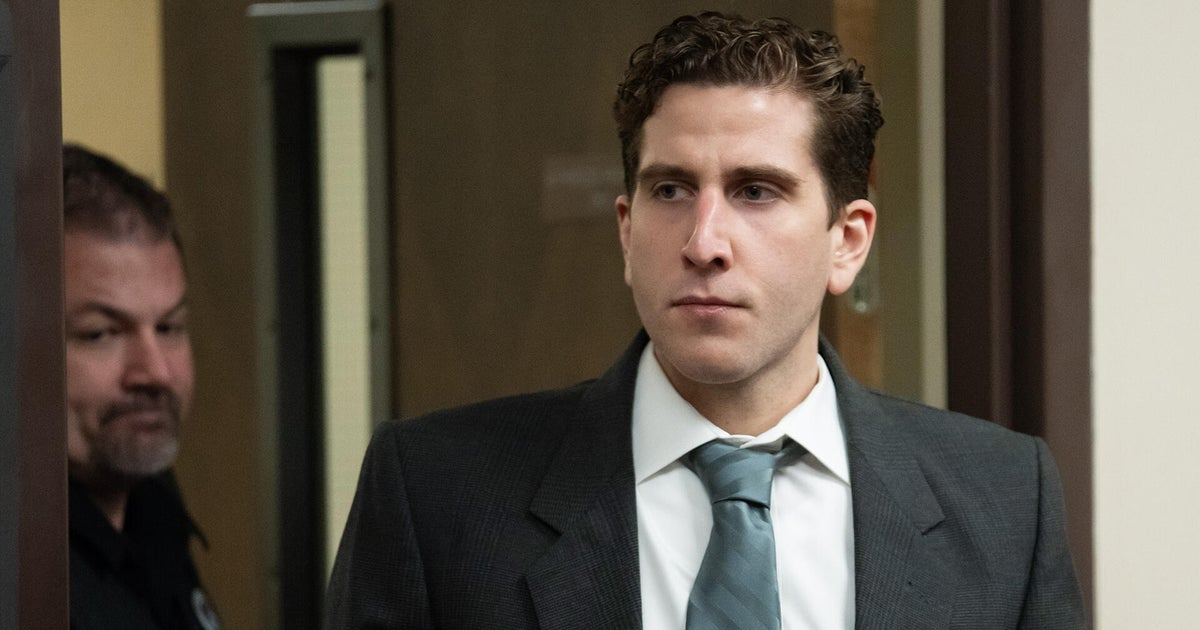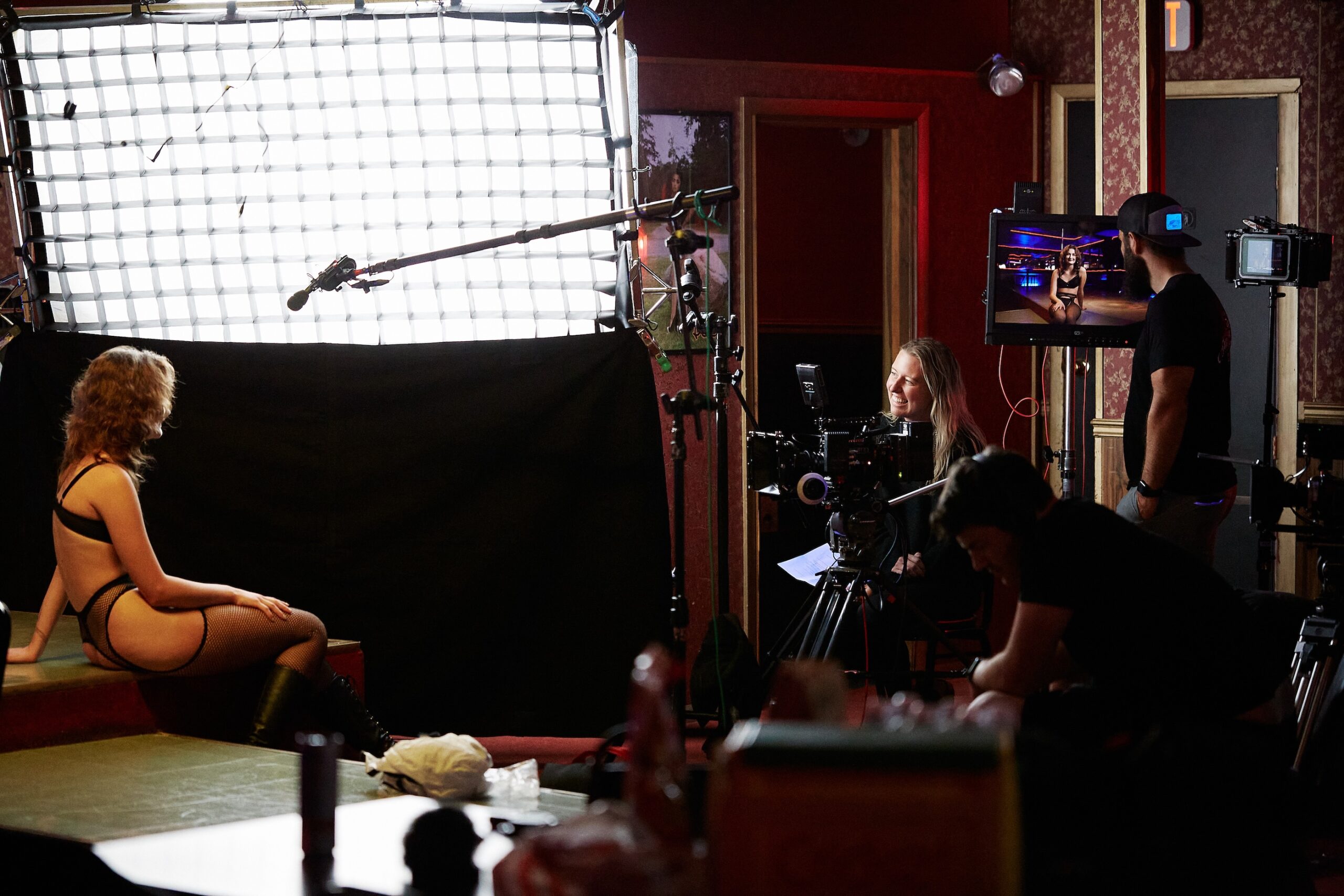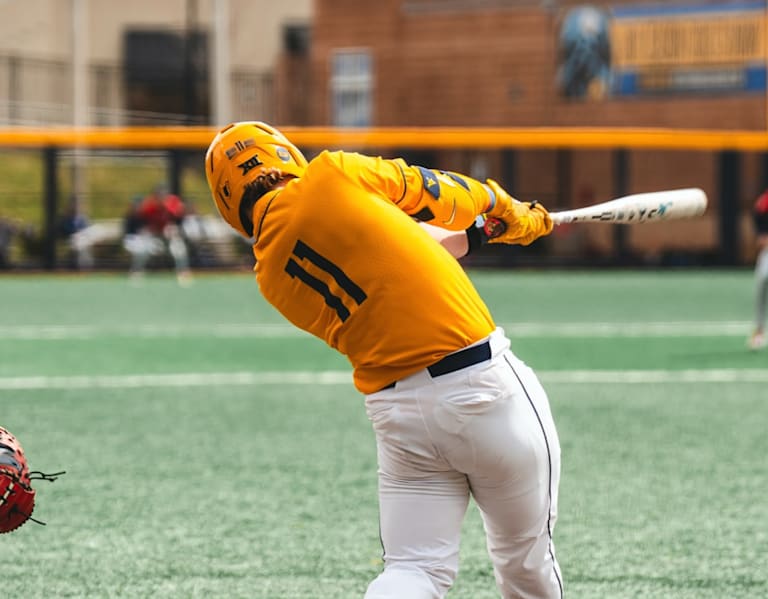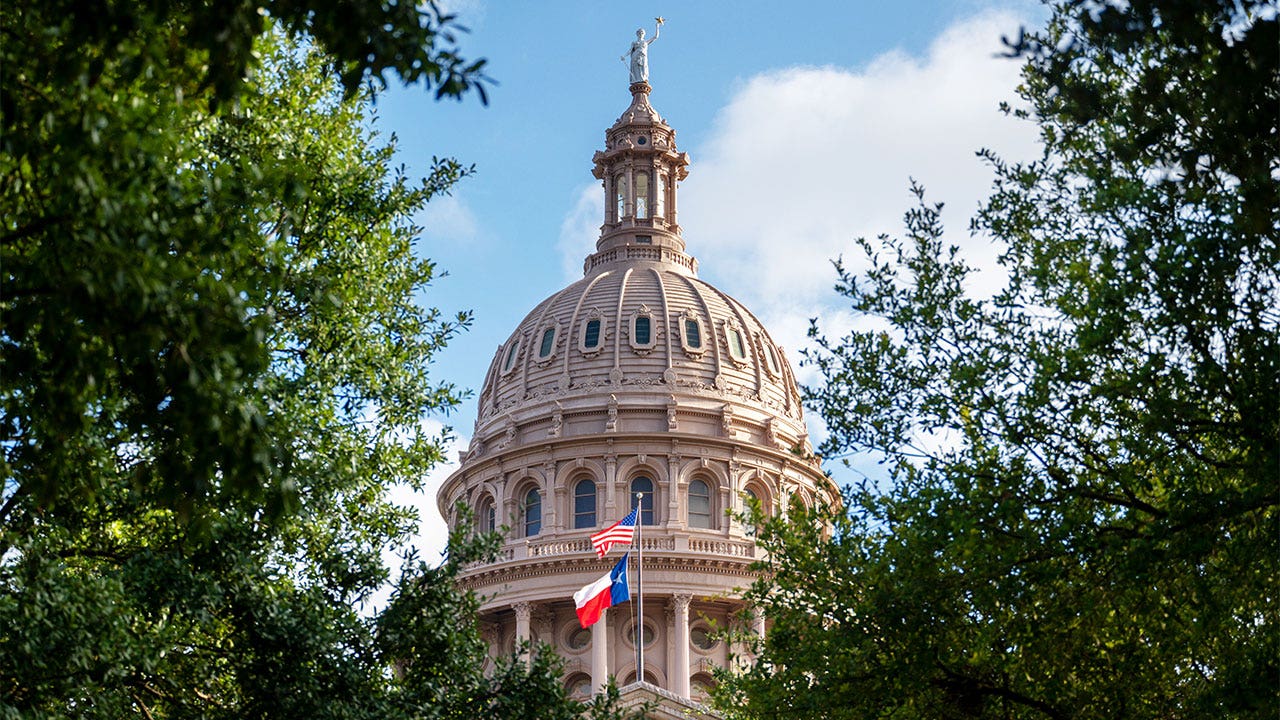Idaho
New revelations, new wrinkles in Idaho Supreme Court hearing on Phoenix sale • Idaho Capital Sun

This story was originally posted on IdahoEdNews.org on June 13, 2024.
(UPDATED, 3:56 p.m., with comment from Trudy Fouser, the State Board’s lead attorney.)
An Idaho Supreme Court justice Thursday floated a new and confounding question about the proposed University of Phoenix acquisition: Did the State Board of Education pay $1.5 million for consulting before greenlighting the deal?
State Board officials were quick to say they never paid for due diligence work, which would have been covered through tax dollars.
The due diligence question came up during oral arguments, as the Supreme Court took up an open meetings lawsuit against the State Board. Attorney General Raúl Labrador has argued that the board broke state law when it held three closed-door meetings to discuss the University of Idaho’s $685 million plan to purchase Phoenix. The State Board gave the purchase the go-ahead in an open meeting on May 18, 2023.
Labrador’s lawsuit — rejected in an Ada County district court — has nonetheless thrown a monkey wrench into the bid for Phoenix, a giant for-profit online university serving some 85,000 students nationally. And if the Supreme Court sides with Labrador and against the State Board such a decision would further imperil the deal.
The Supreme Court took the case under advisement after a 70-minute hearing. It’s unclear when the court will rule.
Did the Idaho State Board of Education pay for due diligence?
It sounded that way, at least in Thursday’s hearing.
During a line of questions, Supreme Court Justice Gregory Moeller clearly suggested that the State Board had spent $1.5 million on due diligence. And he said the spending indicated that the Phoenix talks had progressed beyond the “preliminary negotiations” that can be held in a closed meeting.
Moeller’s questions also seemed to draw a distinction between the State Board’s due diligence and the U of I’s consulting contracts, which have been a matter of public record for months. The U of I has spent roughly $11 million on Phoenix-related consulting — and as Idaho Education News reported in February, $7.3 million of this work went to U of I President C. Scott Green’s former employer, Hogan Lovells, an international law firm.
So did the State Board spend $1.5 million?
During Thursday’s hearing, the State Board’s outside attorney did not dispute Moeller’s claim, and said the magnitude of the Phoenix deal justified due diligence.
“(It’s) not an unreasonable action,” Stephen Adams said.
When State Board spokesman Mike Keckler was reached for comment Thursday morning, he questioned Moeller’s version of the facts.
“Neither the board nor the board office spent funding on due diligence,” Keckler said in an email. “Given that we are in a board meeting today we weren’t able to listen to this morning’s oral arguments, so we can’t comment any further on Justice Moeller’s line of questions.”
The board has been meeting in Pocatello since Tuesday for a previously scheduled meeting running through today. No board member or State Board staff member attended Thursday’s Supreme Court hearing.
The lead attorney representing the State Board, which operates as the U of I’s governing board of regents, corroborated Keckler’s account. In an email Thursday afternoon, Trudy Fouser said the board never paid for consulting or due diligence.
Familiar — and less familiar — legal arguments
Thursday’s legal arguments revolved around two snippets in the open meetings law, pertaining to the negotiations process and competition.
The State Board justified its closed meetings under a little-used piece of the law, covering “preliminary negotiations … in which the governing body is in competition with governing bodies in other states or nations.”
Negotiations. Chief Justice Richard Bevan seemed to set the tone for Thursday’s hearing with the court’s first question to Joshua Turner, Labrador’s constitutional litigation and policy chief: “When do preliminary negotiations cease and final negotiations begin?”
For much of the hearing, the justices grilled Turner and Adams about this question. Not surprisingly, the two attorneys saw the issue differently.
Turner argued that the preliminary talks end — and the public debate must begin — when there is an offer on the table. And Turner suggested that this must have happened sometime during the board closed meetings, in March, April and May 2023.
Adams said preliminary negotiations don’t end with an offer; they end when the parties begin work on a contract. And he said the preliminary phase ended with the State Board’s open meeting on May 18, 2023; that’s when the board agreed to pursue a contract, setting a $685 million purchase price.
Competition. This was the centerpiece in the Ada County trial in January, when District Judge Jason Scott ruled in the State Board’s favor. Scott said board members had reason to believe the U of I was vying against other public suitors, such as the University of Arkansas. (However, Arkansas’ board of trustees voted down a Phoenix purchase in April 2023, almost a month before the State Board endorsed a U of I-Phoenix affiliation.)
But this turned out to be a secondary issue Thursday, as the court and the competing attorneys spent relatively little time discussing competition.
Adams defended State Board members, saying they worked diligently to make sure their closed meetings were legal. And he said everything the board heard in private confirmed the U of I was in the middle of a competitive bidding process.
Meanwhile, Turner took a jab at Scott. By focusing on whether board members had reason to believe the U of I faced competition — rather than proof of actual competition — Scott used a subjective measure. As a result, Turner said, Labrador’s team had no choice but to spend hours deposing individual board members for their read on the market for Phoenix.
Transparency vs. competitive advantage
The State Board’s May 2023 vote blindsided Idahoans who knew nothing about a potential Phoenix purchase, Turner said. And that preempted the process the open meetings law is designed to protect. “The public wants to be able to enter the conversation and have a seat at the table.”
In response, Adams said the board was not trying to shut out the public. Instead, he said, the board was working “to get the best deal possible for the people of the state of Idaho.”
On Thursday, the court publicly wrestled with this question of balance.
Justice Colleen Zahn said the Legislature made its objectives known, with a law designed to allow the government to negotiate behind closed doors. “It’s clearly got to be to provide the state a competitive advantage.”
Moeller acknowledged that closed-door negotiations are a great way to run a private business. “The debate I’m having internally is, is this a good way to run a state?”
The case, in broader context
The case before the Supreme Court is legally narrow: an open meetings dispute.
Its implications run deeper.
Labrador’s lawsuit, filed nearly a year ago, has prevented the U of I from financing a Phoenix purchase. The Supreme Court appeal has also kept bonding on hold.
As long as the lawsuit is active — and on Thursday, justices floated the possibility of kicking the case back to district court for another hearing — the Phoenix purchase remains in limbo.
And as EdNews first reported in May, Phoenix’s owner, Apollo Global Management, has said it now wants to talk with other prospective buyers. The U of I could receive “breakup fees” from Apollo if its Phoenix purchase falls through.
More reading: Click here for more in-depth, exclusive Phoenix coverage from Idaho Education News.

Idaho
Idaho Fish and Game relocates moose on the loose in Chubbuck – East Idaho News

The following is a news release from the Idaho Department of Fish and Game.
CHUBBUCK – On the morning of March 27, Idaho Department of Fish and Game tranquilized and relocated a 2-year-old bull moose from Chubbuck.
Chubbuck Police Department was the first to get a report of a moose running in the vicinity of Chubbuck and Yellowstone roads in the early morning hours on Thursday. Officers with Chubbuck Police, Bannock County Sheriff’s Office, and Idaho Fish and Game were able to push the moose to a safer location. Additional action wasn’t feasible or safe at that time without daylight to provide the necessary visibility.
By 7:30 a.m., the young bull started moving again, resurfacing in Cotant Park and eventually ending up inside a high fence of a storage facility near Alpine Animal Hospital. It was there that Fish and Game personnel darted the moose.
When Idaho Fish and Game responds to wildlife issues in public areas, tranquilizing an animal is not always the first response. There are factors that must be considered before taking such action, including visibility and environmental conditions, the potential for an animal to bolt into traffic or other hazardous situations, as well as risks associated with sedating animals.
When possible, Idaho Fish and Game tries to monitor wildlife first and then even haze or guide animals to safety. But, when there is a significant risk to public or wildlife safety, darting and relocating animals can be a solution as was the case with this young moose in Chubbuck and three moose in Riverside last week.
Idaho Fish and Game wishes to thank the Chubbuck Police Department, Chubbuck Animal Control, and Bannock County Sheriff’s Office for their tremendous help with today’s efforts.
Springtime is when wildlife is especially active and on the move. This incident serves as a reminder to the public, especially motorists, to please exercise additional caution when traveling in and around our communities this time of year.
=htmlentities(get_the_title())?>%0D%0A%0D%0A=get_permalink()?>%0D%0A%0D%0A=htmlentities(‘For more stories like this one, be sure to visit https://www.eastidahonews.com/ for all of the latest news, community events and more.’)?>&subject=Check%20out%20this%20story%20from%20EastIdahoNews” class=”fa-stack jDialog”>
Idaho
Video Potential new evidence in Idaho student murders case

Potential new evidence in Idaho student murders case
Prosecutors allege Bryan Kohberger turned in a “crime-scene scenario final” as part of an assignment in 2020, with some of the details mirroring the Idaho college murder scene from November 2022.
March 27, 2025
Idaho
How does this year’s surface water supply look for eastern Idaho? – East Idaho News

POCATELLO – Eastern Idaho’s snowpack and reservoir storage has improved over the winter, but high temperatures over the coming months could drive up demand for that water.
The 2024-2025 winter brought close-to-normal and above-normal precipitation to Idaho Falls and Pocatello, respectively, which has resulted in high reservoir levels and a snowpack forecast to give close-to-average runoff. However, the National Weather Service predicts the region will see higher-than-average temperatures and below-average precipitation over the spring and summer, which would cause a higher demand for storage water.
And if a water shortage is to occur this upcoming growing season, last year’s long-term mitigation agreement significantly changes how surface water and groundwater users would respond.
“If they don’t have enough water in those reservoirs to make up for the water they’re not getting out of the sky, then that’s where the issues start,” said Sherrie Hebert, observation program lead of the NWS Pocatello office.
What does eastern Idaho’s water storage look like ahead of the growing season?
The three-month average temperatures from December to February for both Idaho Falls and Pocatello were not out of the ordinary, despite having their second- and third-hottest December on record, respectively. Temperatures cooled off enough in January and February to bring the overall average temperature within a normal range.
The two cities have also seen typical and above-average precipitation levels. The accumulated precipitation over the winter has allowed eastern Idaho to build up its water storage ahead of the growing season.
According to provisional data from the U.S. Bureau of Reclamation, the entire Upper Snake River reservoir system is at 82% of capacity. Although the Jackson Lake is 76% full and the Palisades Reservoir is 72% full, the American Falls Reservoir is 93% full.
How does the snowpack look?
Craig Chandler, the water master for Water District 1, said the winter’s precipitation has improved the snowpack.
“The snowpack has certainly improved from the levels that were we were at early winter,” Chandler said.
The snowpack of the Snake Basin above Palisades is at 114% of median snow water equivalent. The snow water equivalent represents how much liquid water would result if the snowpack melted instantaneously, and because the figure is the percentage of the median, 100% represents the median snow water equivalent.
As for how much runoff this growing season will add to river flows, Chandler said, “It’s a little bit more complicated than just looking at the snowpack.”
“There are a number of agencies out there that look at all this data, and … they come up with a runoff forecast … where they look at all these various pieces of data and then come up with a prediction for the amount of runoff that’s going to come from the snowpack,” Chandler said.
For reference, base flows have stayed at around 89% of average this winter, which Chandler described as a “little low.” The runoff forecast from the Bureau of Reclamation for the beginning of March was 94% of average runoff.
“Now, that’s probably still a good number. It may have kicked up a little bit from there with the snows that we got over the last couple weeks, but we’re probably sitting somewhere in that 95% to 100% of average range for the forecasted runoff,” Chandler said.
Will it be enough?
While reservoir levels and the snowpack have improved over the winter, summer temperatures and precipitation levels play a significant role in how far that water supply will stretch.
“If we have a dry, hot summer, then irrigation needs (are) going to increase, and then that puts more demand on the reservoirs, but if we have good precipitation this year, and not a really hot summer, then that’s not going to put a lot of stress on them,” Hebert said.
Chandler affirmed this, saying, “If we have higher temperatures, that’s going to lead to an increase in irrigation demand. Farmers are going to need to put more water on their crops to help them grow.”
This would mean higher storage water use from surface water users, depleting reservoir levels quicker.
Thanks to last year’s agreement, the 2024 Stipulated Mitigation Plan, groundwater users with junior water rights have “safe harbor” from water curtailments as long as they follow the mitigation plan. But Chandler said that depending on temperature and precipitation levels, groundwater users may have to acquire more storage water to deliver to senior surface water users.
“One of the details of the agreement is an obligation to deliver storage water to the surface water coalition. And so if there’s a higher storage use, that may lead to a scenario where a larger volume of storage water needs to be supplied to keep the senior surface water irrigators whole,” Chandler said.
Hebert said the three-month outlook for April, May and June forecasts temperatures rising to around 35% above normal, with precipitation levels dropping to around 40% to 50% below normal. Looking further into July, August and September, the temperatures are forecast to around 60% to 70% above normal temperatures, with around 40% below normal precipitation.
“So that’s not looking too good for our farmers,” Hebert said.
=htmlentities(get_the_title())?>%0D%0A%0D%0A=get_permalink()?>%0D%0A%0D%0A=htmlentities(‘For more stories like this one, be sure to visit https://www.eastidahonews.com/ for all of the latest news, community events and more.’)?>&subject=Check%20out%20this%20story%20from%20EastIdahoNews” class=”fa-stack jDialog”>
-

 News1 week ago
News1 week agoVance to Lead G.O.P. Fund-Raising, an Apparent First for a Vice President
-

 News1 week ago
News1 week agoTrump Administration Ends Tracking of Kidnapped Ukrainian Children in Russia
-

 Business1 week ago
Business1 week agoEgg Prices Have Dropped, Though You May Not Have Noticed
-

 Technology1 week ago
Technology1 week agoCFPB workers are reinstated after a court order, but many still can’t work
-

 Technology1 week ago
Technology1 week agoChip race: Microsoft, Meta, Google, and Nvidia battle it out for AI chip supremacy
-

 News1 week ago
News1 week agoTrump’s Ending of Hunter Biden’s Security Detail Raises Questions About Who Gets Protection
-

 World1 week ago
World1 week agoCommission warns Alphabet and Apple they're breaking EU digital rules
-

 News1 week ago
News1 week agoZelenskyy says he plans to discuss Ukraine ceasefire violations in a call with Trump



















